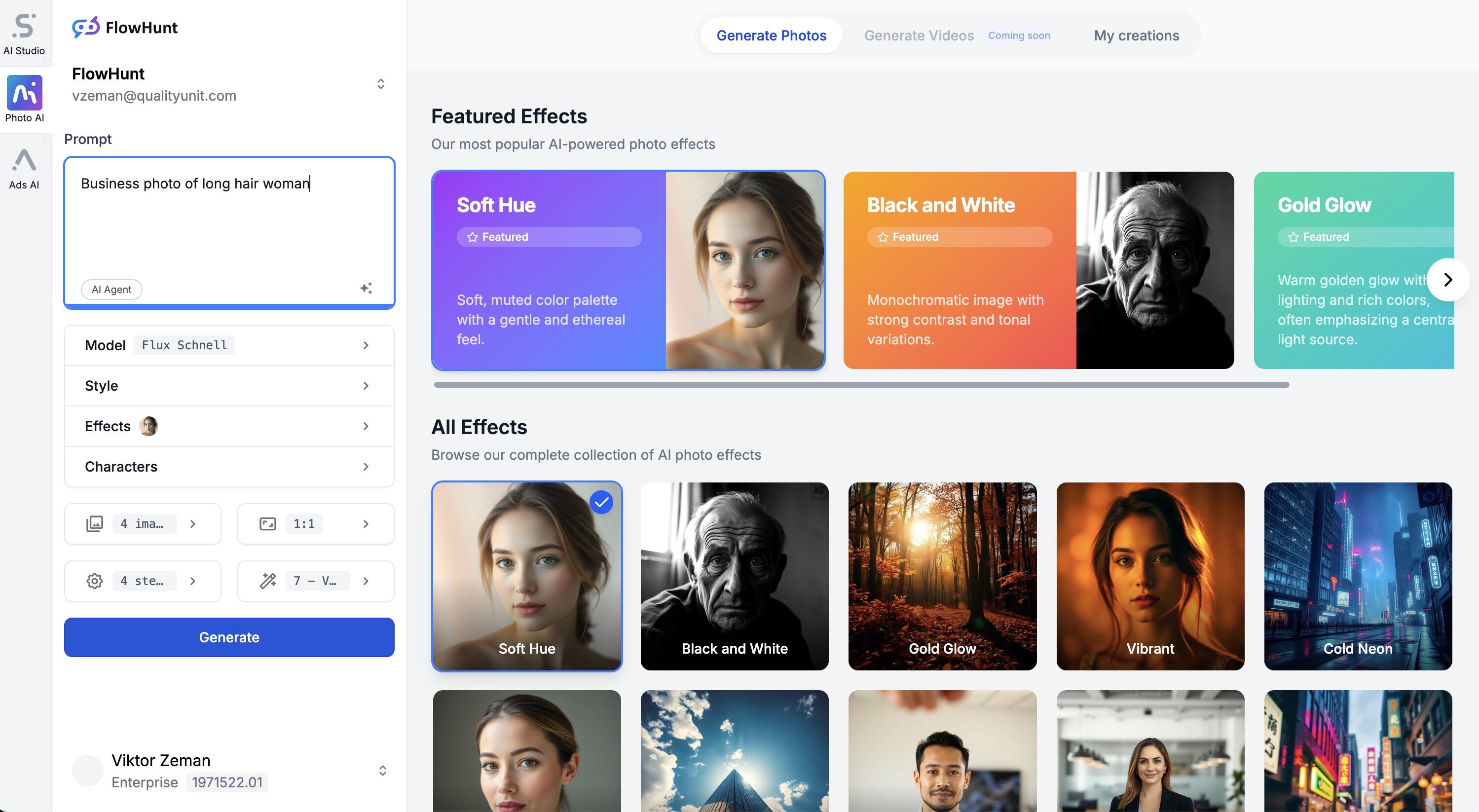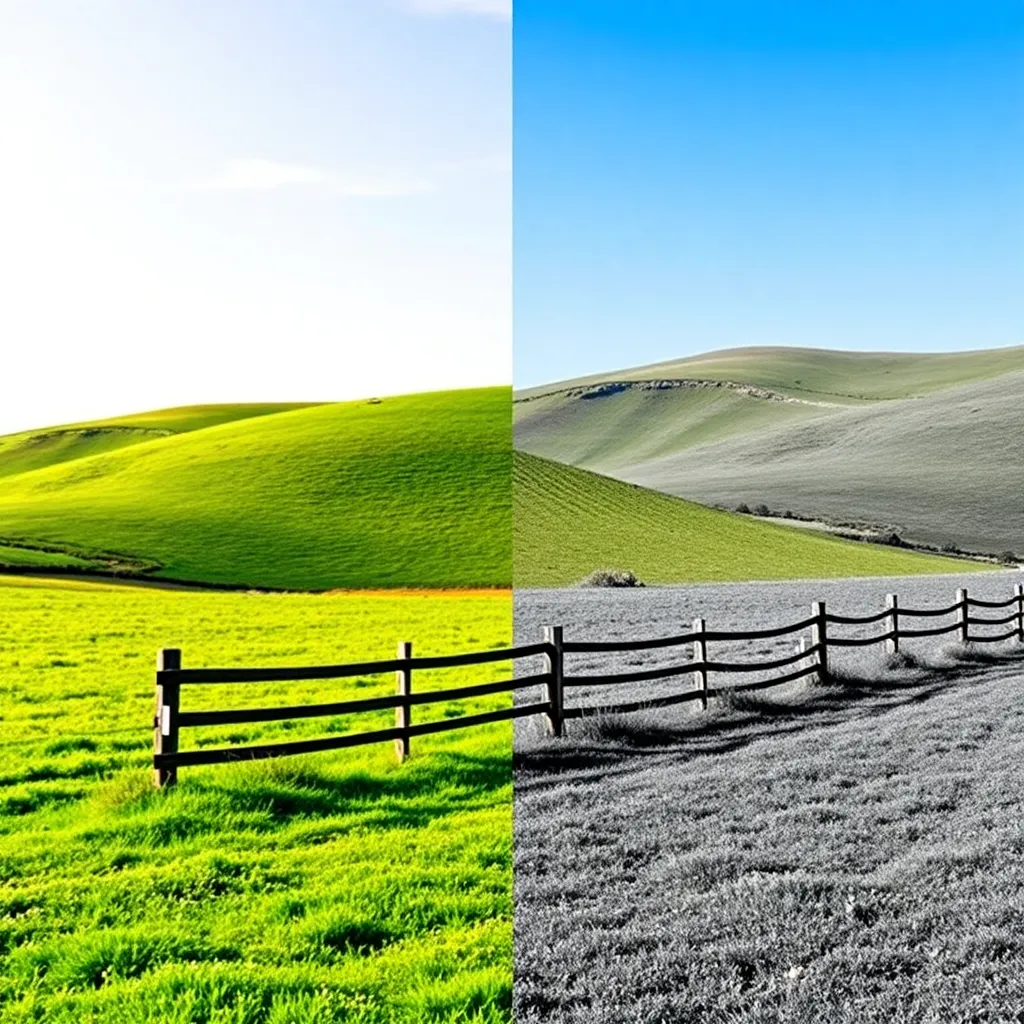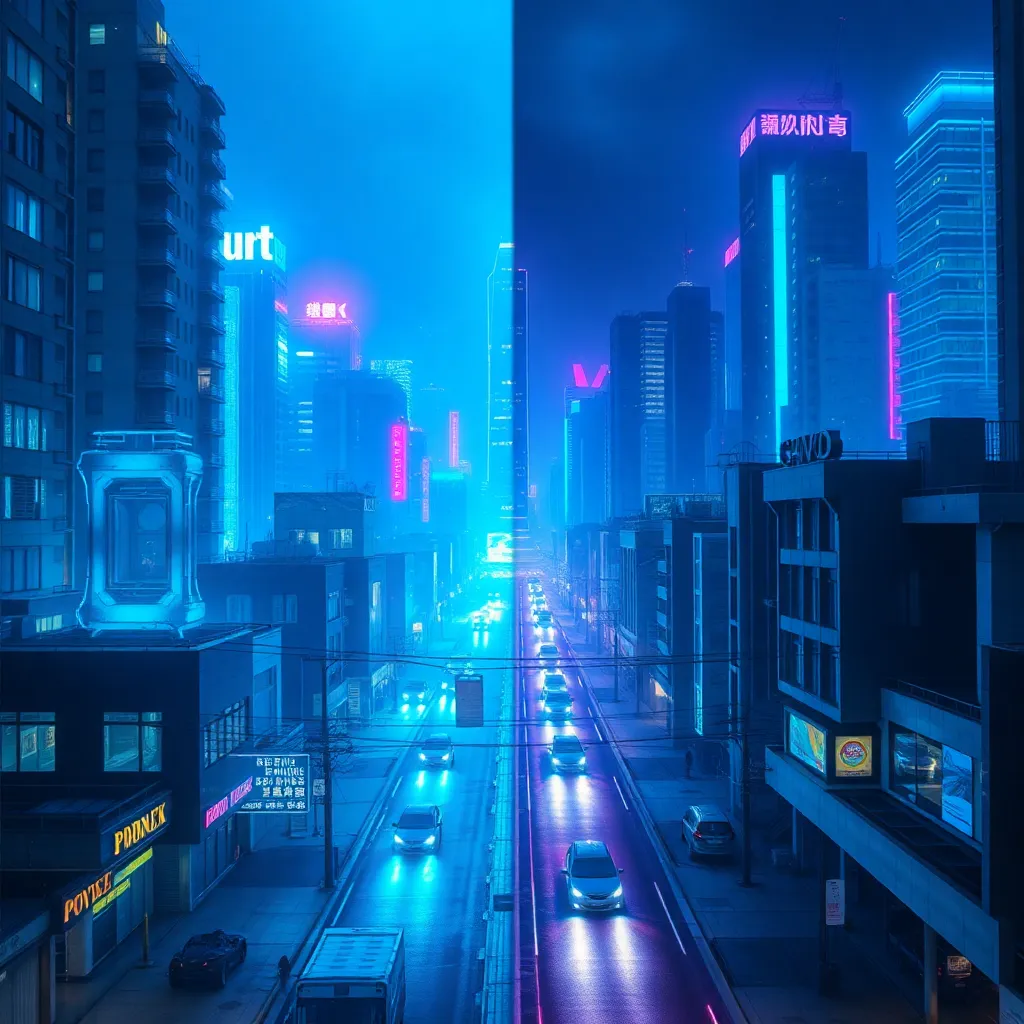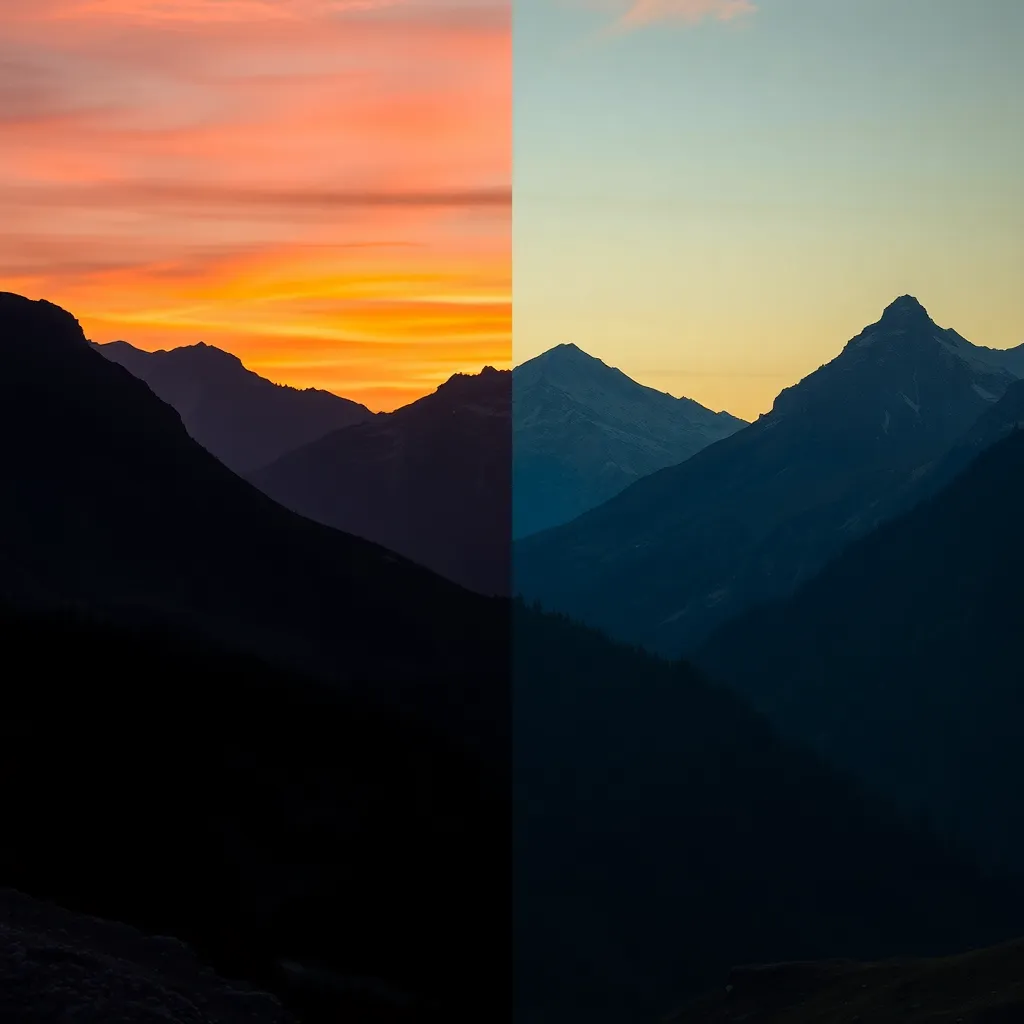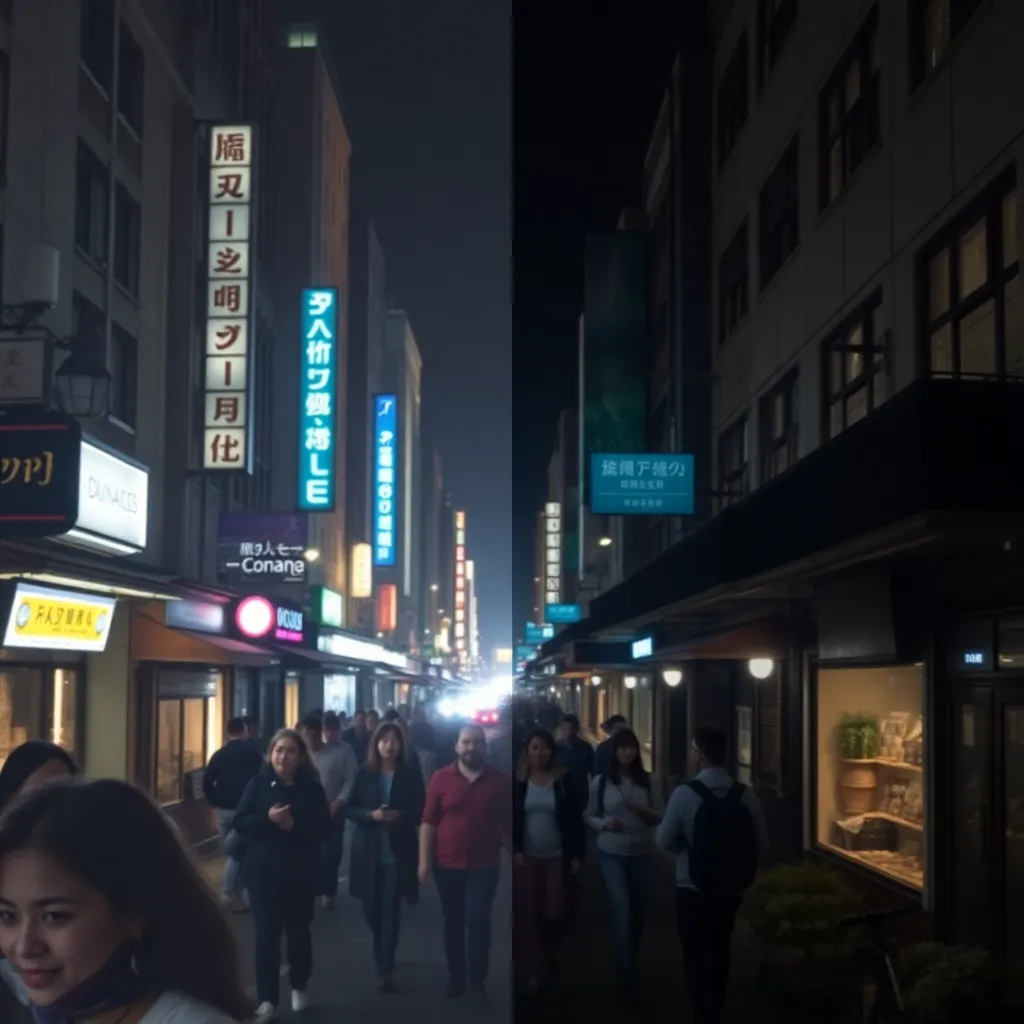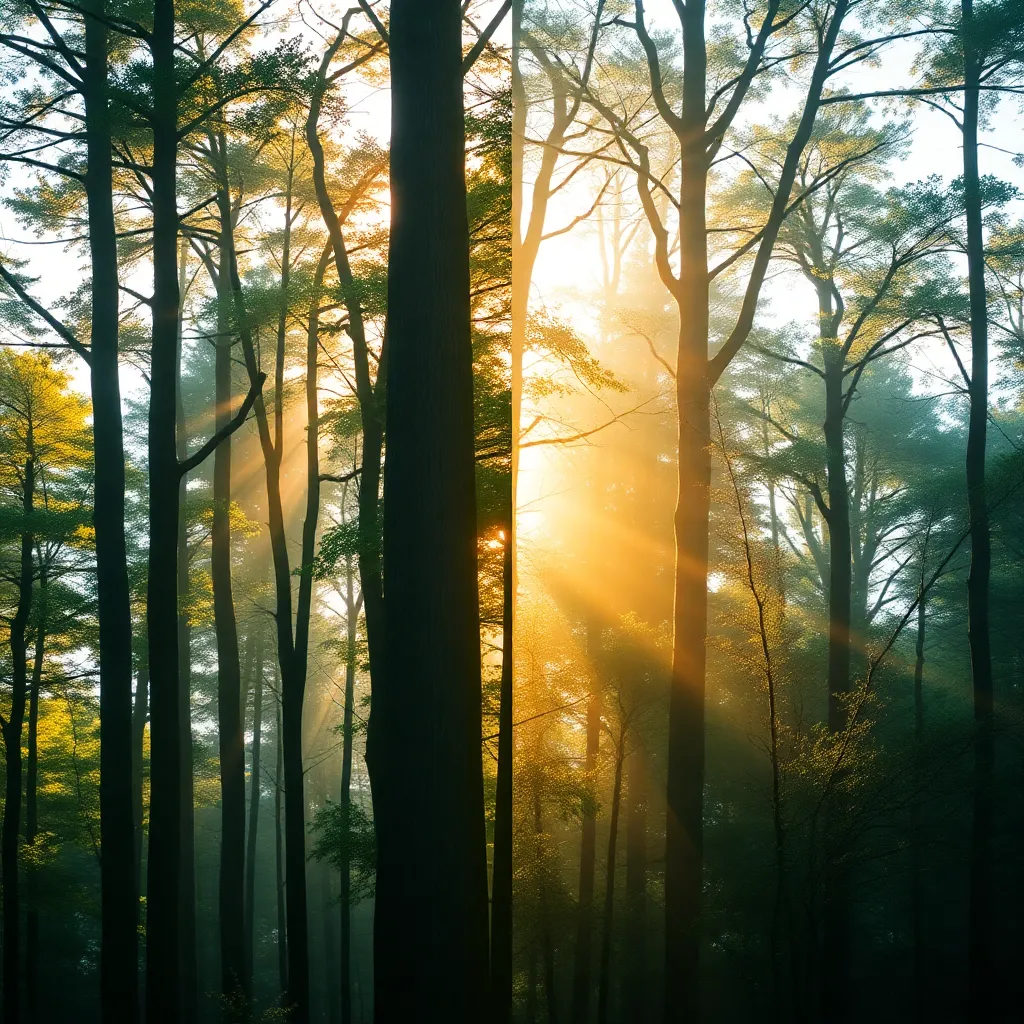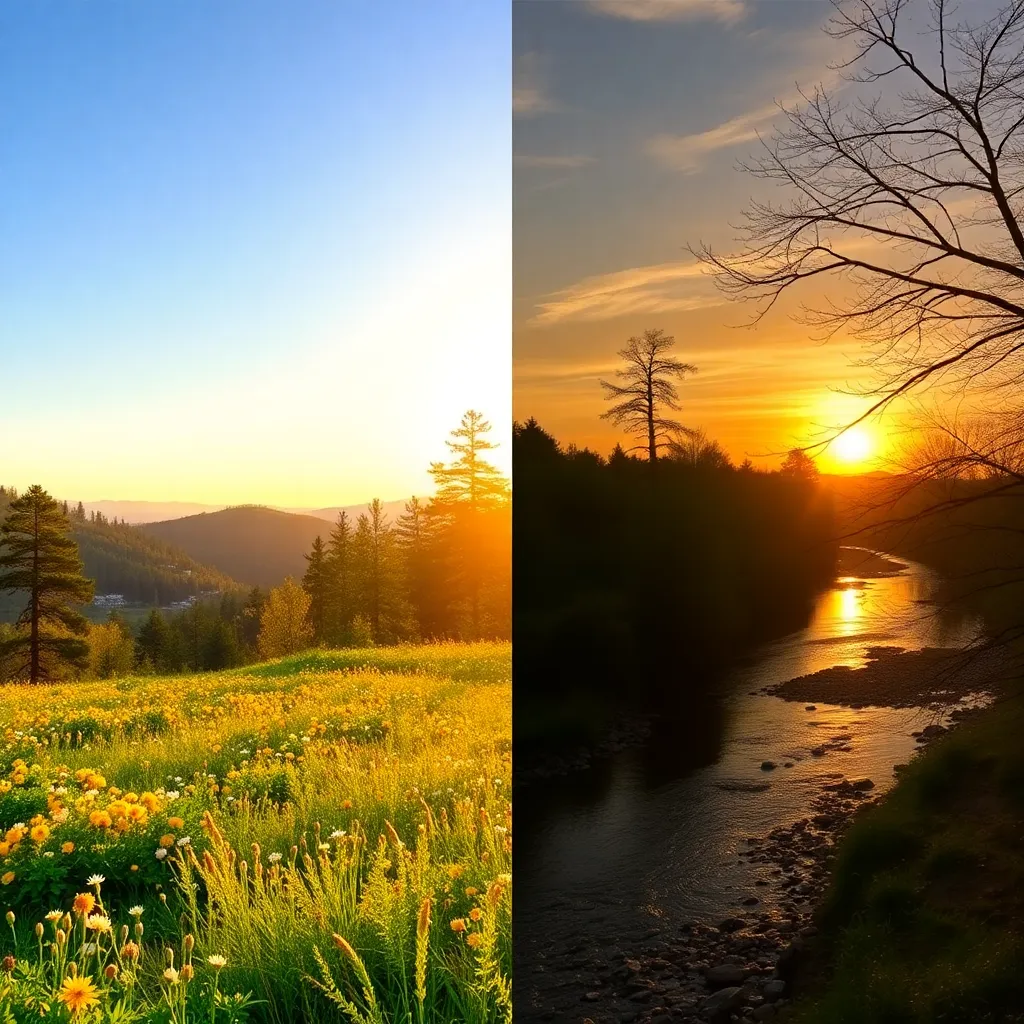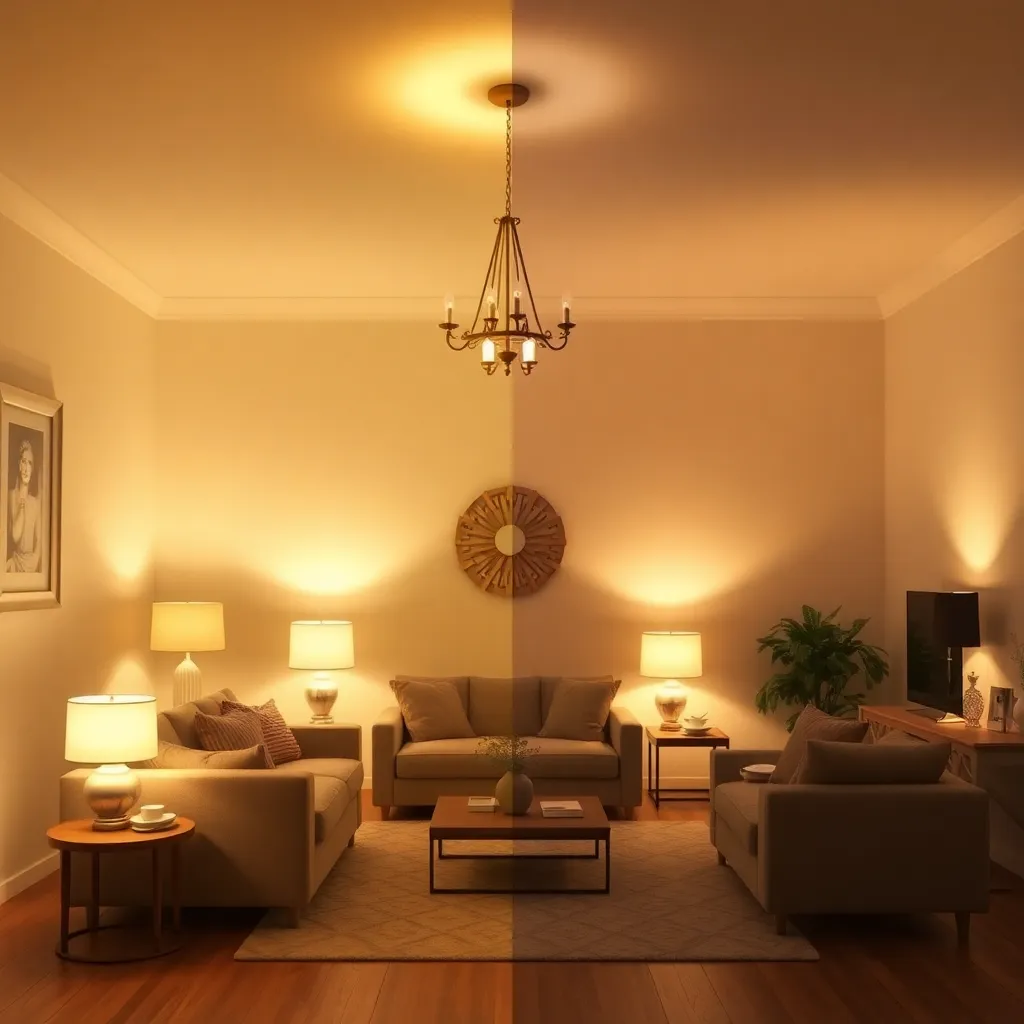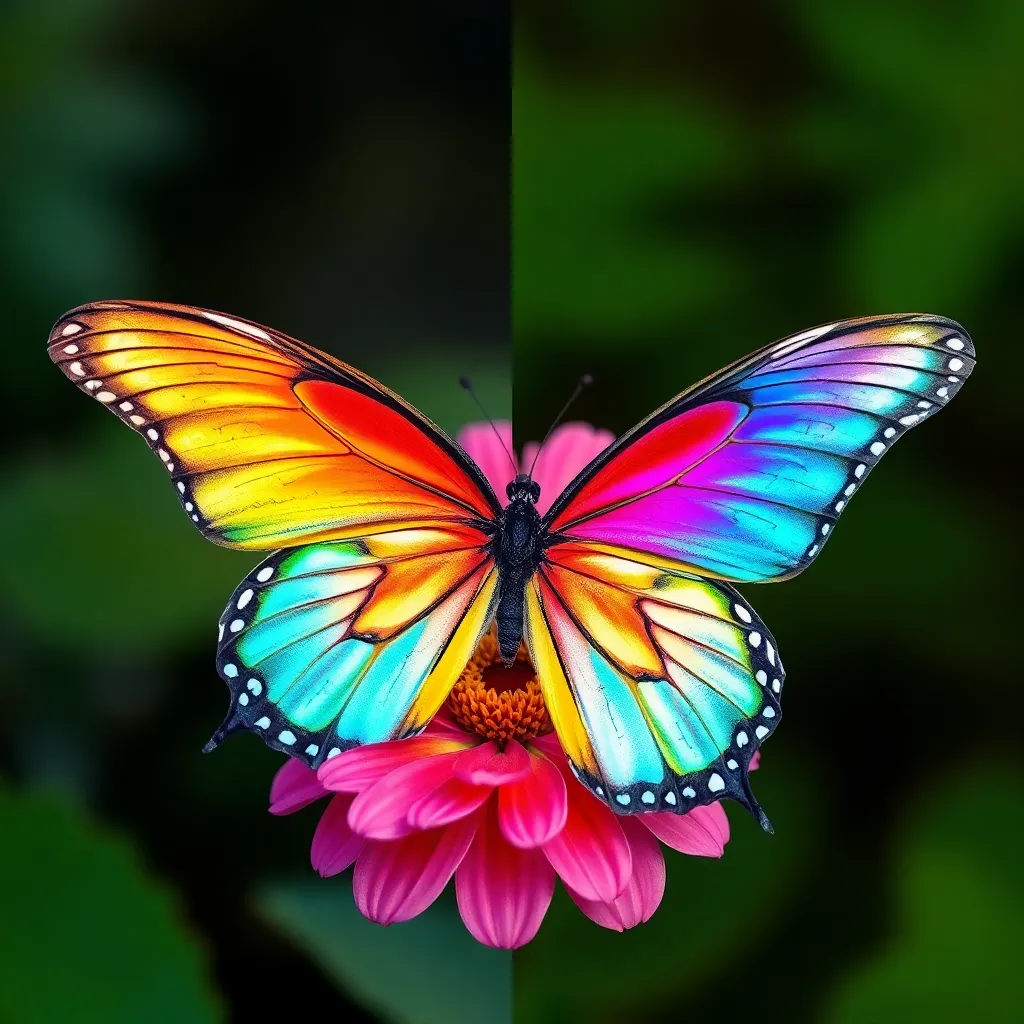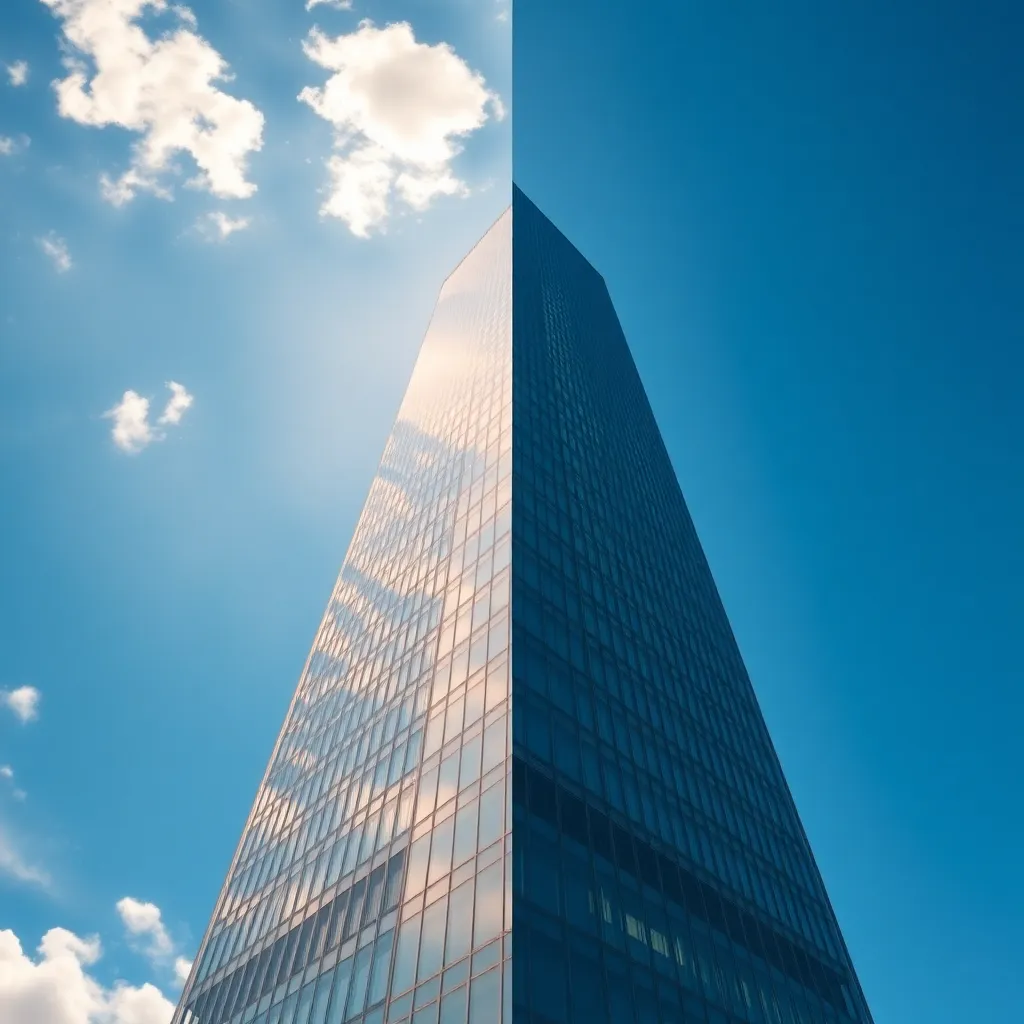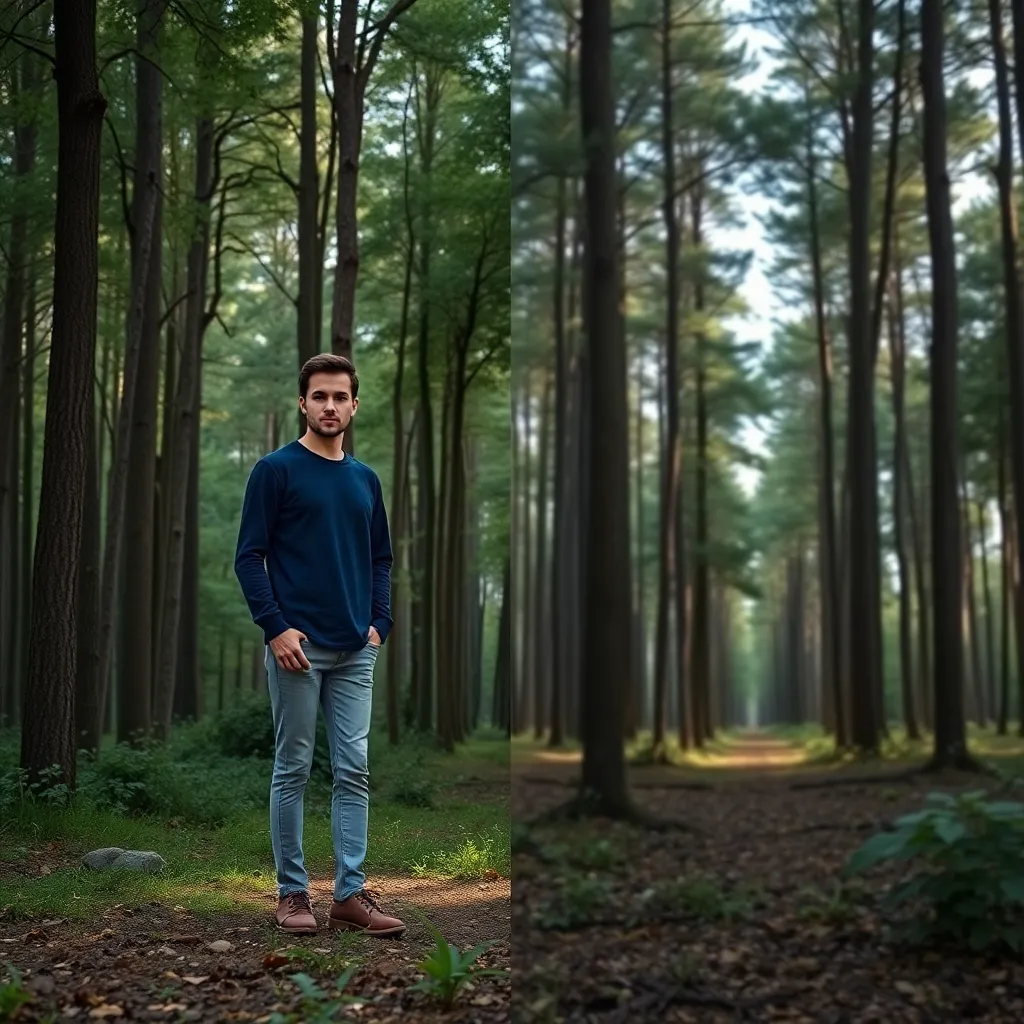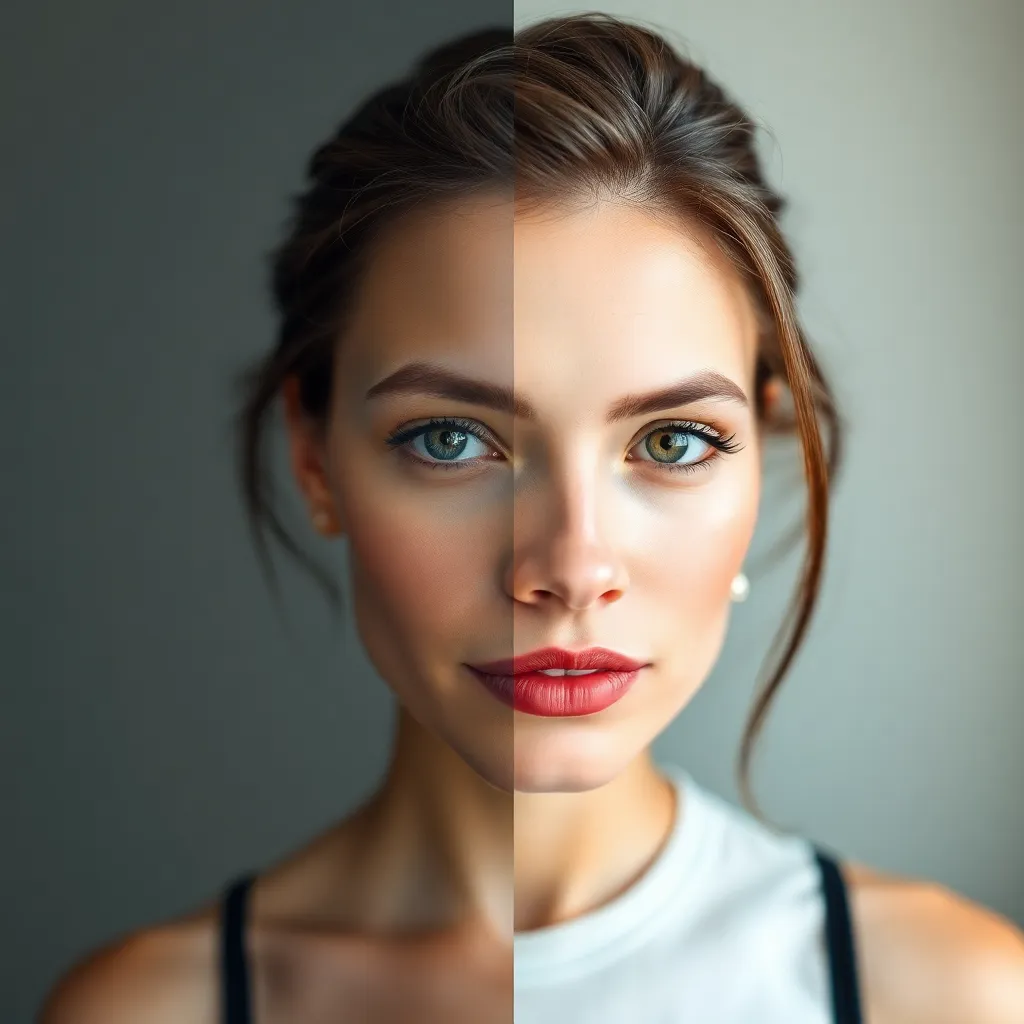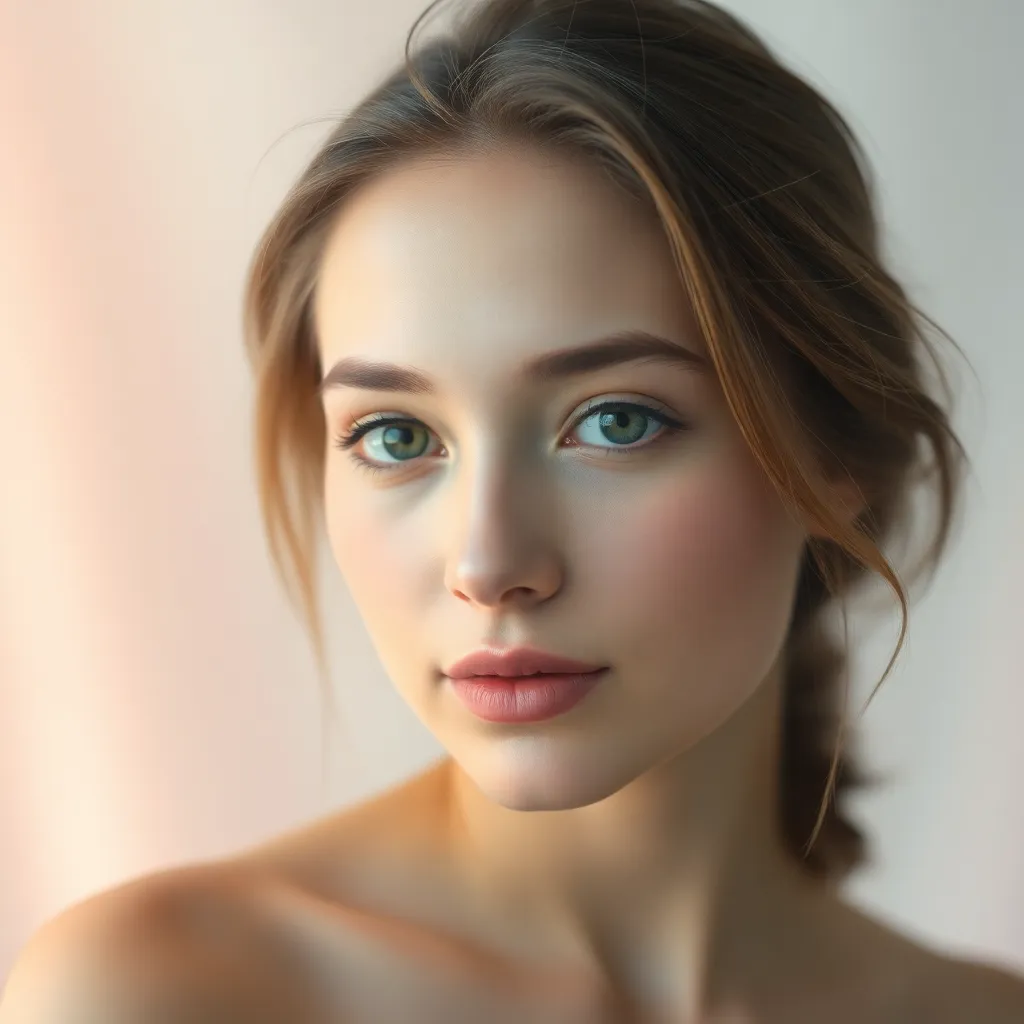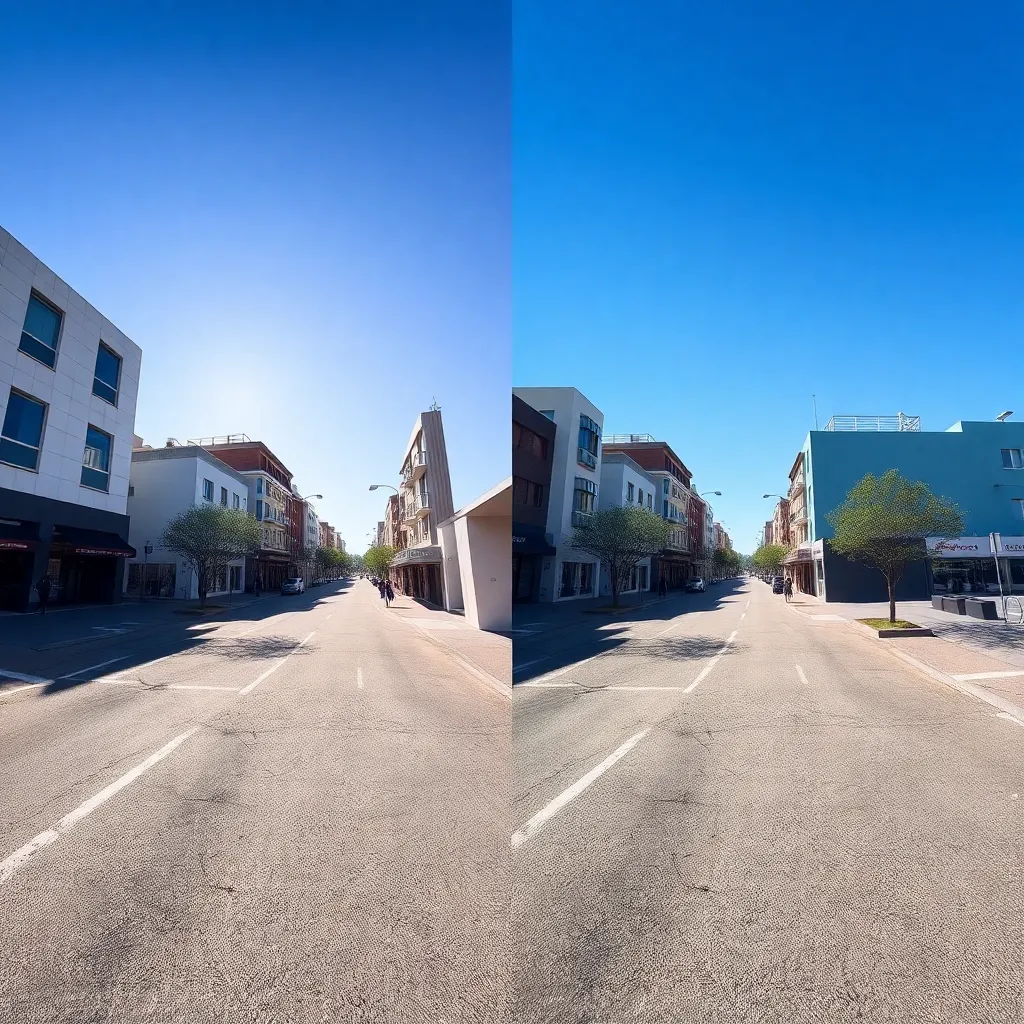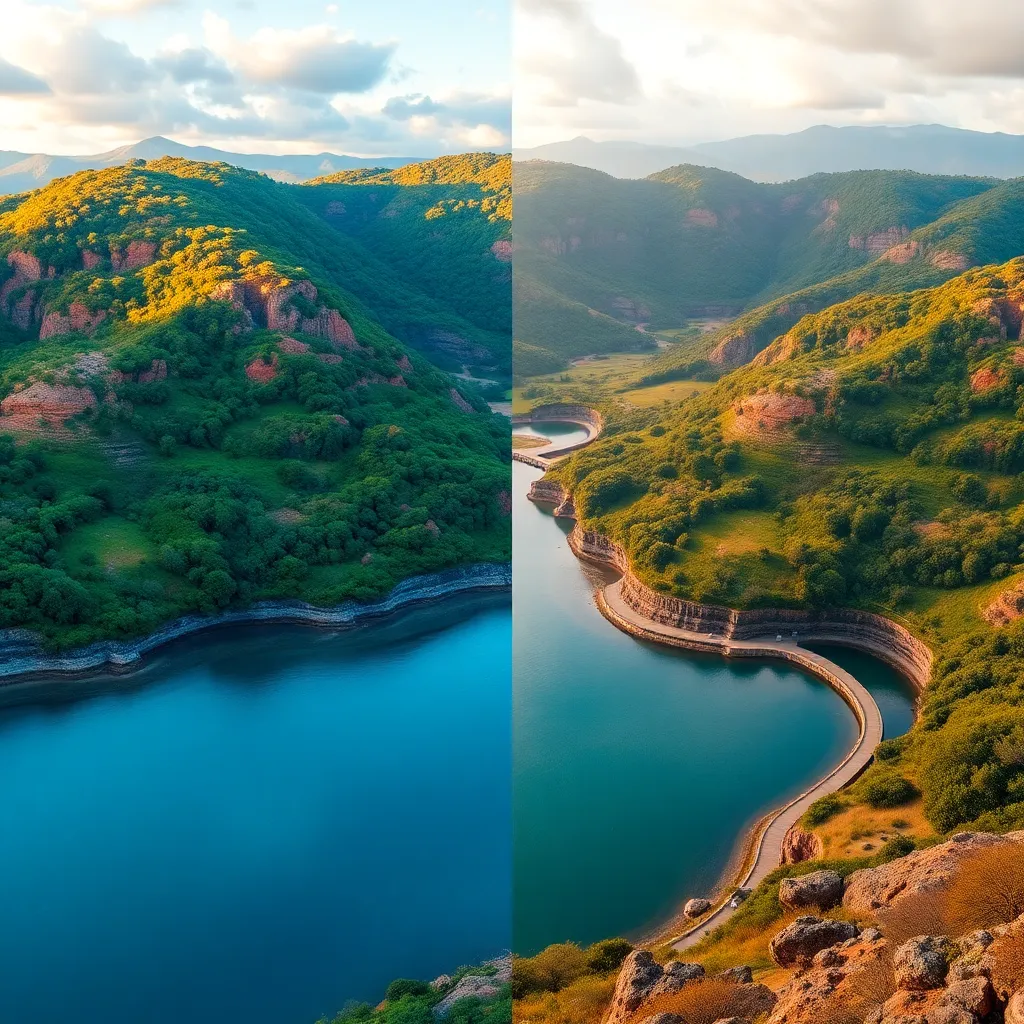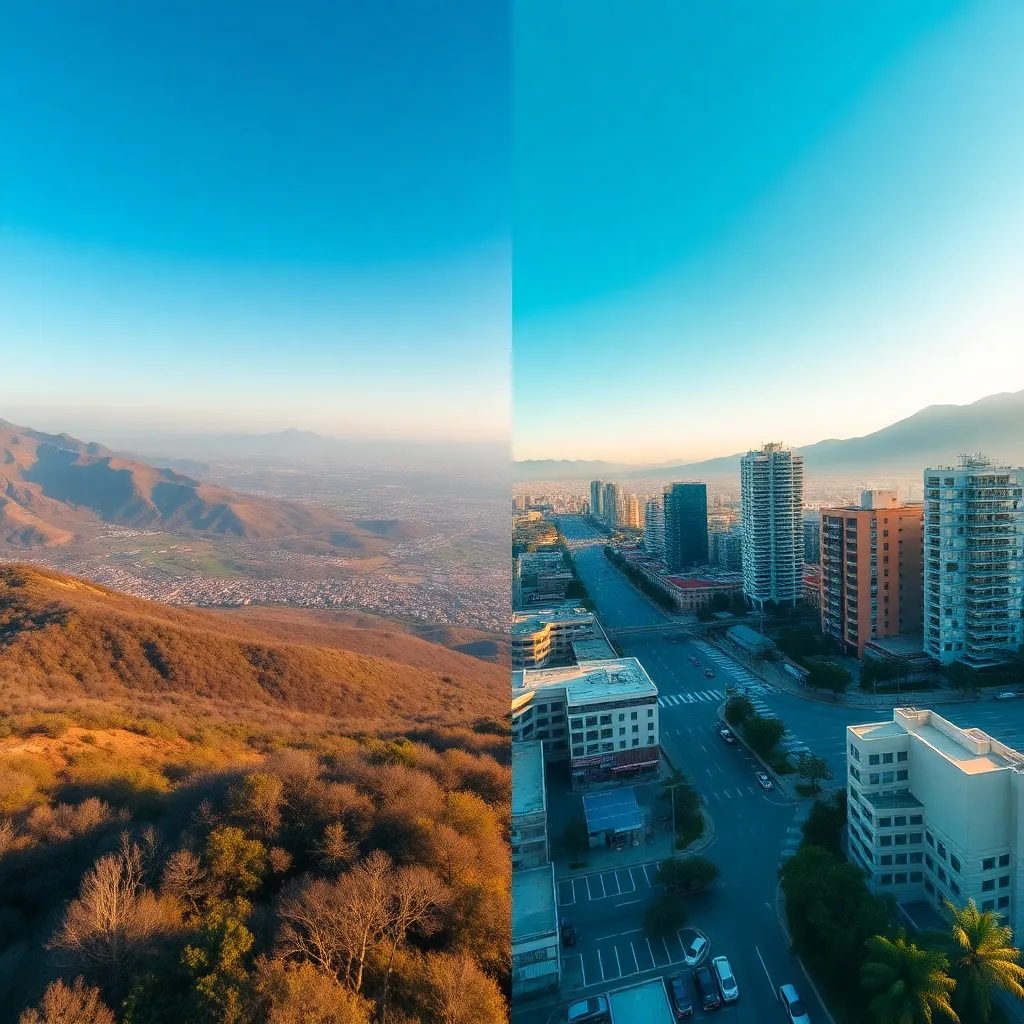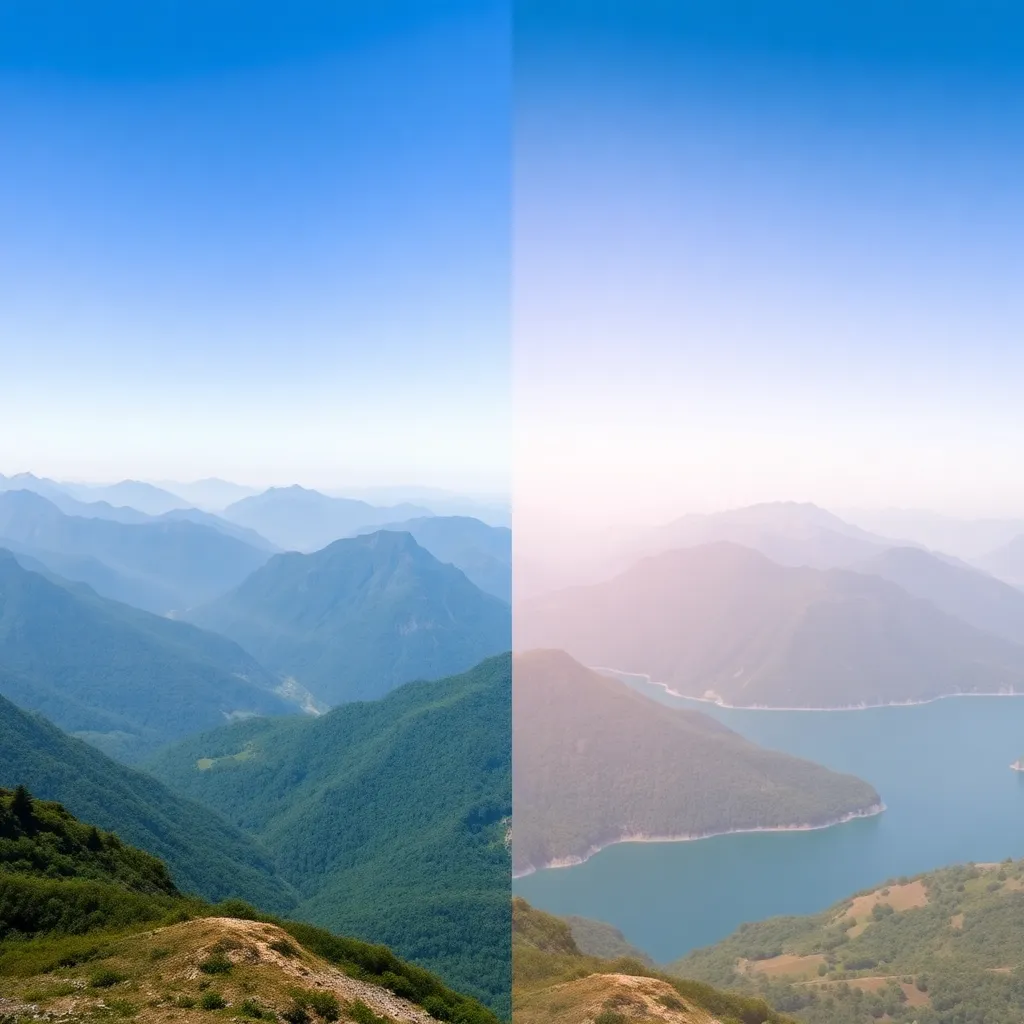
Aerial Effect
The Aerial effect in photography creates dramatic, bird’s-eye views of landscapes, cityscapes, events, and structures. This effect is achieved by capturing imag...
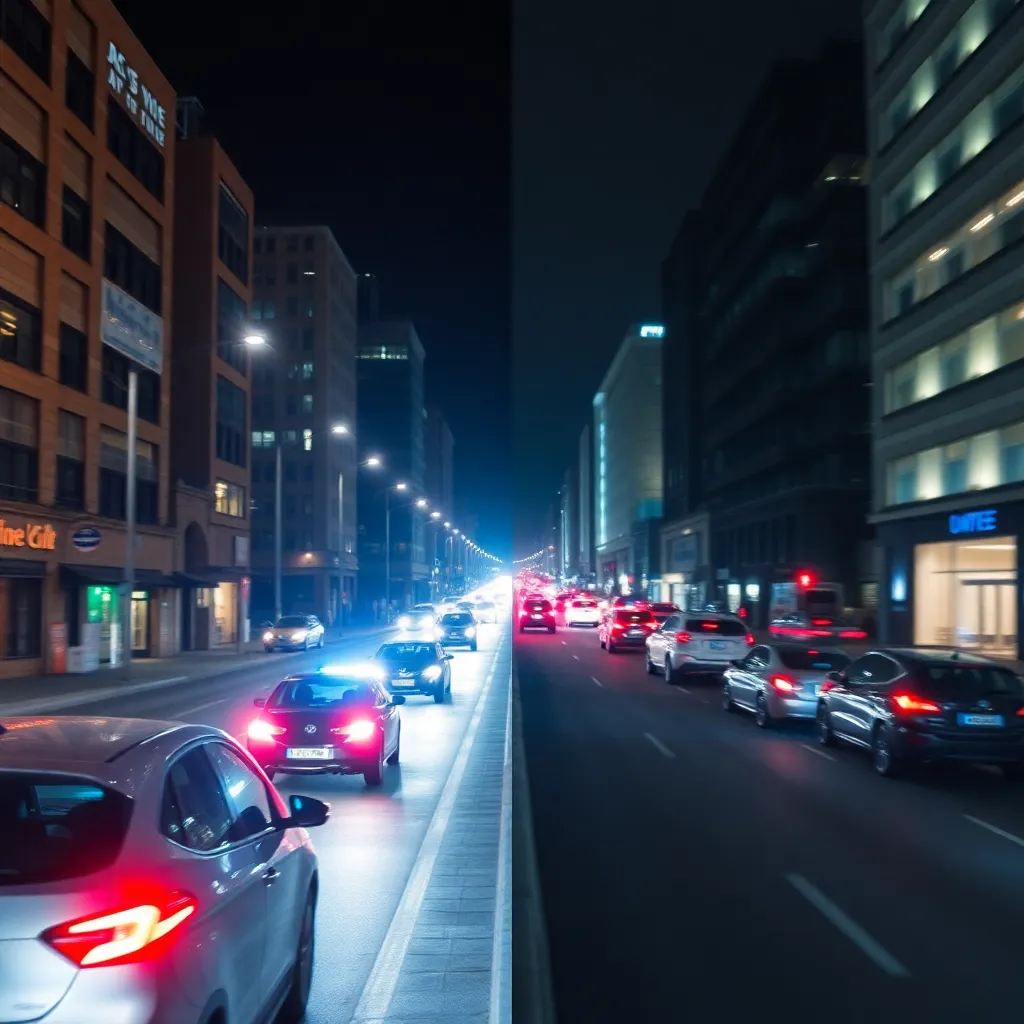
Effect
Long Exposure is a photographic effect that captures the movement of subjects over a period of time, resulting in striking visuals such as light trails, silky water, and ghostly figures. Widely used in landscape, urban, and night photography, this effect transforms ordinary scenes into dynamic, ethereal images, highlighting the passage of time and motion in a single frame.
Use our Photomatic AI image generator to explore the magic of Long Exposure effects. Transform your photos with dynamic light trails, silky water, and the poetry of motion—no complex camera settings required. Try it now and see your images in a new light!
See the Long Exposure Effect in Action
The Long Exposure effect is a creative photography technique that involves keeping the camera shutter open for an extended duration—ranging from fractions of a second to several minutes or even hours. By allowing more light and movement to be recorded, this effect transforms the ordinary into the extraordinary: flowing water becomes silk, bustling streets turn into ghostly scenes, and the path of stars or fireworks traces across the sky. The Long Exposure effect reveals the passage of time in a single frame, capturing motion and light in ways that are invisible to the naked eye.
Long Exposure is a favorite technique among a wide variety of photographers:
This effect appeals to both professionals and hobbyists seeking to add artistic flair and technical sophistication to their portfolios.
The Long Exposure effect enhances photos by introducing elements of motion, time, and drama:
By manipulating exposure time, photographers can control the degree of motion blur and the effect’s overall intensity, tailoring it to fit their creative vision.
Long Exposure is incredibly versatile, with applications across many photographic genres:
Long exposure captures the movement of traffic as glowing ribbons of light, infusing cityscapes with energy and a sense of constant motion. This technique emphasizes the urban rhythm and creates visually stunning, futuristic scenes.
Photographing flowing water with a slow shutter speed transforms choppy streams and waterfalls into smooth, misty flows. This effect enhances the serenity and beauty of nature, making landscapes look magical and timeless.
By exposing the camera sensor for extended periods, the apparent movement of stars is recorded as sweeping arcs or circles in the sky. This dramatic effect emphasizes the vastness of the night sky and the Earth’s rotation, producing awe-inspiring astrophotography.
Long exposures at amusement parks capture the vibrant colors and kinetic energy of rides in motion. The resulting images are filled with whimsical, swirling patterns that convey the excitement and joy of these environments.
In busy urban settings, long exposure can blur moving people while keeping buildings and other stationary objects sharp. This technique highlights the relentless pace of city life and can impart a ghostly, otherworldly feel to street scenes.
Using a long exposure during fireworks shows allows the camera to capture the complete trajectory and explosion of each firework. The result is an image full of color, light, and intricate patterns, far more impressive than a single, frozen burst.
Each use case demonstrates how the Long Exposure effect can elevate ordinary scenes into extraordinary works of art, captivating viewers and bringing a unique perspective to familiar subjects.
Conclusion:
The Long Exposure effect is a powerful tool for photographers looking to capture the beauty of motion and the passage of time. Whether you’re shooting city lights, nature scenes, or the night sky, mastering this technique opens up a world of creative possibilities—transforming everyday moments into unforgettable visual experiences.
Use our Photomatic AI image generator to explore the magic of Long Exposure effects. Transform your photos with dynamic light trails, silky water, and the poetry of motion—no complex camera settings required. Try it now and see your images in a new light!
The Long Exposure effect is a photographic technique where the camera's shutter is left open for an extended period, allowing more light to hit the sensor. This records the movement of subjects, resulting in visual effects like light trails, silky water, and blurred motion.
To achieve the Long Exposure effect, use a slow shutter speed (typically several seconds or more) and stabilize your camera with a tripod. Adjust settings like ISO and aperture to balance exposure, and use a remote shutter or timer to prevent camera shake.
Long Exposure is especially effective in night photography (capturing light trails or fireworks), landscape photography (creating smooth water or cloud movement), and urban scenes (showing bustling crowds or dynamic city lights).
Yes! Many smartphones now offer manual or 'pro' modes that let you adjust shutter speed for long exposures. There are also apps that simulate the effect by combining multiple images.
A sturdy tripod is essential to avoid blur from camera movement. A camera with manual exposure controls, remote shutter release, and neutral density (ND) filters for daytime long exposures are also recommended.
Give to AI Agents and AI Crews tools to generate images
FlowHunt is much more than an image generation platform. You can automate your image generation process with AI Agents or Crews in AI Studio. Create stunning visuals in seconds, tailored to your needs. Whether you need product photos, marketing visuals, or unique artwork, our platform makes it easy to bring your ideas to life. AI Studio supports wide range of image generation models.
Example usage:
Explore our other effects to enhance your AI generated images
The Aerial effect in photography creates dramatic, bird’s-eye views of landscapes, cityscapes, events, and structures. This effect is achieved by capturing imag...
The Black and White effect transforms color images into grayscale, emphasizing contrast, texture, and composition. This classic effect is beloved in portrait, s...
The Cold Neon effect is a visually striking color grading style that bathes images in cool, electric neon tones—primarily blues, purples, and cyans. This effect...
The Dramatic Effect is a powerful visual technique in photography that intensifies mood, highlights emotion, and creates striking visual impact. Utilizing bold ...
The Flash Effect is a photographic technique where a sudden burst of artificial light is used to illuminate a scene or subject, resulting in high contrast, vivi...
The Gold Glow effect is a radiant visual enhancement that bathes images in warm, golden highlights. Popular in luxury, fashion, branding, product, and fantasy a...
The Golden Hour effect is a sought-after lighting phenomenon in photography, characterized by the warm, soft, and diffused sunlight that occurs shortly after su...
Indoor Light Effect is a photographic and editing technique that enhances images by simulating or accentuating artificial light sources within interior spaces. ...
The Iridescent Effect brings a spectrum of shifting, luminous colors to images, creating a captivating visual experience reminiscent of shimmering soap bubbles,...
The Low Angle Effect is a powerful photographic technique where the camera is positioned below the subject, looking up. This effect exaggerates height, conveys ...
The Mid Shot effect is a classic photographic composition technique that frames the subject from the waist up. Widely used in portrait, documentary, fashion, an...
The Portrait Effect is a photographic technique that emphasizes the subject by keeping them in sharp focus while artfully blurring the background. This effect, ...
Soft Hue is a color grading effect that adds delicate, pastel-like color tones to images. Widely used in fashion, portrait, and wedding photography, this effect...
The Tilt Shot effect, also known as the Dutch Angle, involves tilting the camera to create a slanted horizon. Widely used in action, psychological thrillers, ed...
The Vibrant Effect is a color enhancement technique that amplifies the saturation, contrast, and brightness of images for a lively, eye-catching result. Popular...
The Wide Shot effect is a powerful photographic technique that captures an expansive field of view, emphasizing the scale and context of a scene. This effect is...
